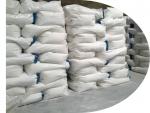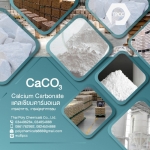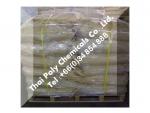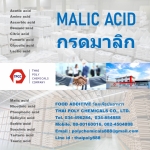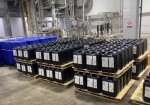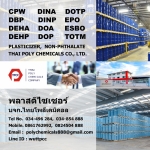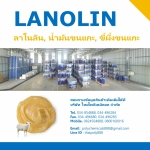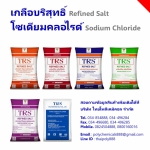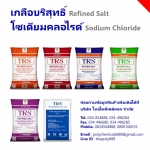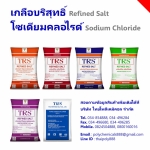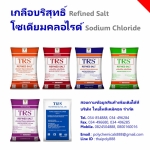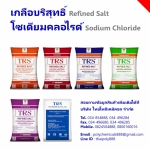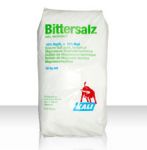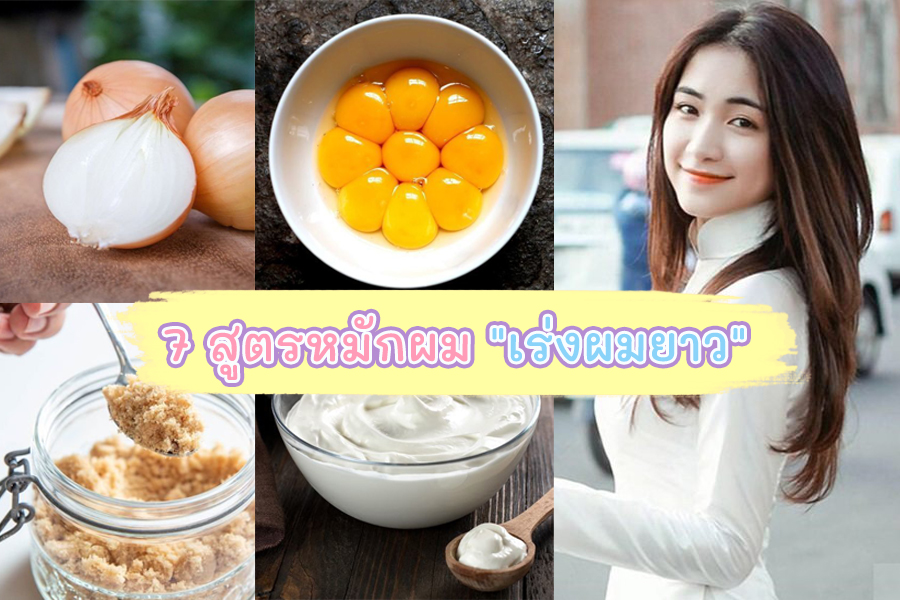โพลิเมอร์ ประจุลบ ช่วยตกตะกอน Polymer An-ionic |
฿1 |
|
ชื่อผู้ประกาศ : คุณมิตร เบอร์โทรศัพท์ : 034854888 โทรศัพท์มือถือ : 0878332456 ที่อยู่ : 36/5 ม.9 ต.นาดี อ.เมืองสมุทรสาคร ร้าน ไทยโพลีเคมีภัณฑ์ |
Polymer An ionin, Polyelectrolyte, Water treatment, คลอรีนผง, สารส้มผง, สารส้มก้อน, แพคผง, ปูนขาว, ไฮเดรตไลม์, โซดาไฟ, โซดาแอส, โซเดียมไฮดรอกไซด์, อลัม, ALUM, PACI, PAC, NaOH, Ca(OCl)2, chlorine powder, Calcium hypochlorite, Calcium hydroxide, Ca(OH)2
โพลิเมอร์ประจุลบ,
โพลิเมอร์แอนไอออน, Polymer
Anion, Anionic Polymer
โพลิเมอร์ประจุบวก
โพลิเมอร์แคทไอออน, Polymer
Cation, Cationic Polymer
กระบวนการโคแอกกูเลชันเป็นกระบวนการประสานคอลลอยด์
ซึ่งเป็นสารแขวนลอยขนาดเล็กที่ตกตะกอนได้ช้ามาก คอลลอยด์มีขนาดอนุภาคอยู่ในช่วง 0.1-1 นาโนเมตร
ซึ่งไม่สามารถแยกตัวออกจากน้ำได้โดยวิธีตกตะกอนตามธรรมชาติเนื่องจากอนุภาคของคอลลอยด์มีขนาดเล็กเกินไป สารโคแอกกูแลนด์ทำหน้าที่เสมือนเป็นตัวประสานให้อนุภาคมารวมตัวกันเป็นฟล็อก ส่วนประกอบสำคัญของกระบวนการโคแอกกูเลชัน สารเคมีและน้ำเสียจะผสมกันทันทีอย่างรวดเร็วในถังนี้ ส่วนถังกวนช้า เพื่อส่งไปตกตะกอนในถังตกตะกอนซึ่งอยู่ตามหลังถังกวนช้า หรืออาจรวมอยู่ในถังเดียวกันกับถังกวนช้า อนุภาคคอลลอยด์ที่ไม่ถูกบำบัดโดยถังตกตะกอน จะถูกส่งต่อไปบำบัดในถังกรอง โดยโคแอกกูแลนต์เอดทำหน้าที่เป็นสะพานเชื่อมระหว่างอนุภาค หรือฟล็อกให้เกิดเป็นฟล็อกขนาดใหญ่ และตกตะกอนได้ง่าย
1.โพลิเมอร์ประจุบวก (Cationic
Polymer)
2.โพลิเมอร์ประจุลบ (Anionic
Polymer)
3.โพลิเมอร์ที่ไม่มีประจุ (Non
Ionic Polymer)
Polymer anion is a very high molecular weight, This is often the most demanding polymer
high
charge anionic polymer are used to application. Due to the high polymer demand
increase
the efficiency of setting, clarification, and difficulty in removing the
sludge
thickening and sludge de-watering of water, proper polymer selection is critical. This product is approved for use by the EPA in the In all cases, floc development and de-watering clarification treatment of raw water for potable
Application Plant feed solution preparation
Primary
clarification Viscosity will limit the practical solution strengths To increase the removal of suspended solid and BOD. of the dry polymers. The following are
Solution
may be prepared manually by using a low
Biological clarification speed mixer with relatively large blades must be
may
be required to provide either used to mix the polymer in the tank. Product
improved
settling rates or suspended solids capture. degradation will occur if high
Approximately
30 ? 90 minutes of mixing is required
to
properly prepare a feed solution. The mixer should
Sludge thickening then be turned off.
It is used in sludge thickening.
As waste sludge very broadly in make up, extensive
testing
may be required to choose the optimum product.
Available Packaging 25 kg/bag
สอบถามข้อมูลเพิ่มเติมได้ที่
ฝ่ายขาย
Thai
Poly Chemicals Co., Ltd.
บริษัท
ไทยโพลีเคมิคอล จำกัด
ที่อยู่36/5
ม.9 แขวง/ตำบลนาดี เขต/อำเภอเมืองสมุทรสาคร จังหวัดสมุทรสาคร รหัสไปรษณีย์74000
Tel.:
034854888, 034496284
Fax.:
034854899, 034496285
Mobile:
0824504888, 0800160016
Website
: www.thaipolychemicals.com
Email1 : thaipolychemicals@hotmail.com
Email2 : info@thaipolychemicals.com
polymerionicโพลิเมอร์ประจุลบโพลีอิเล็กโตรไลท์Polyelectrolyteพอลิเมอร์บำบัดน้ำโพลิเมอร์ตกตะกอนพอลิเมอร์ประจุลบanionโพลิเมอร์บำบัดน้ำ

